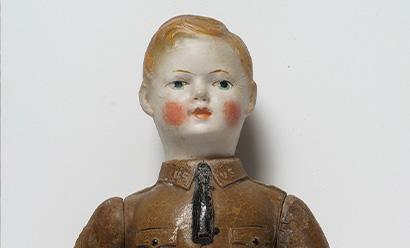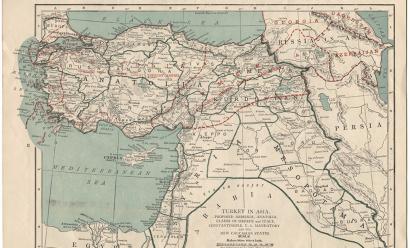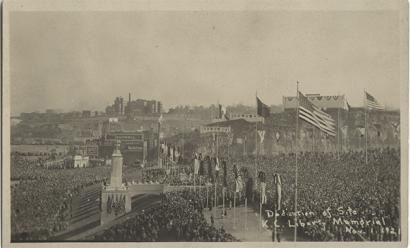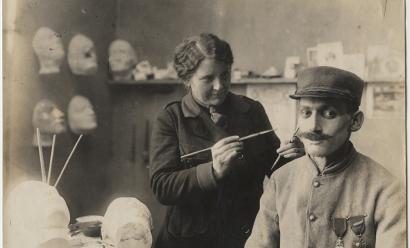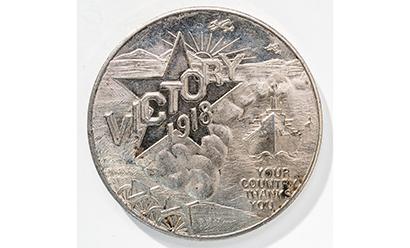
Charmed Soldiers Lesson Plan
Good Luck Charms
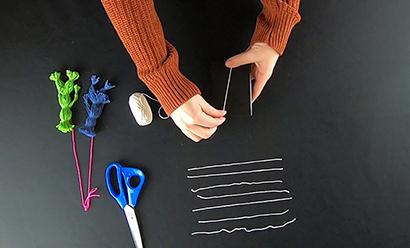
Crafts Tutorial
Making Good Luck: Nenette and Rintintin

Coloring Pages
Good Luck Postcards
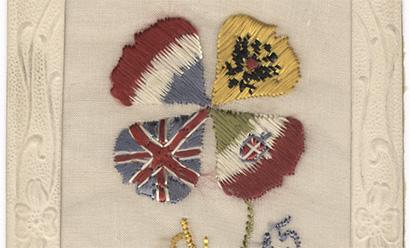
Charmed Soldiers Lesson Plan
Artifacts of Hope
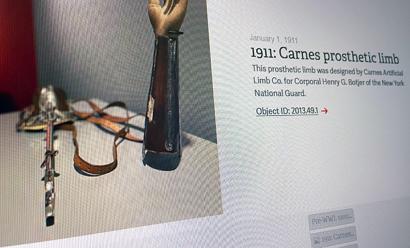
Interactive Timeline
Bespoke Bodies Educator's Guide: Digital Timeline
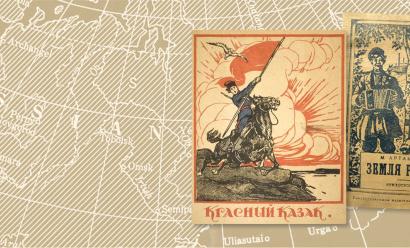
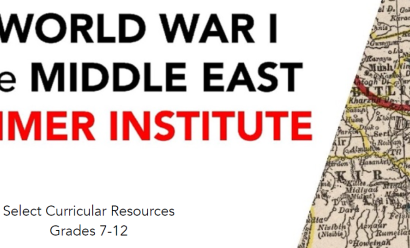
Videos and curriculum support
WWI and the Middle East
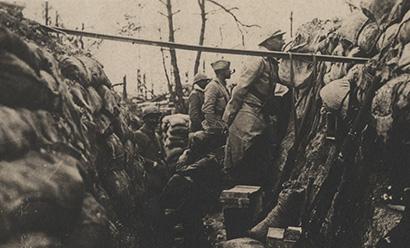
Downloadable Issue Guides
World at War: What role should the United States play in international conflicts?
In collaboration with Auburn University and the Charles F. Kettering Foundation
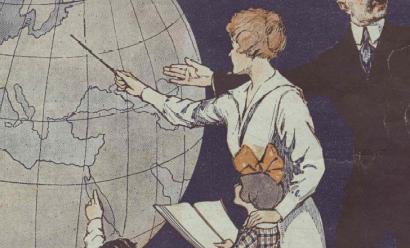
1919 Rand McNally Pamphlet
The World, Today and Yesterday
Pagination
- First page
- Previous page
- …
- 2
- 3
- 4
- 5
- 6
- …
- Next page
- Last page

